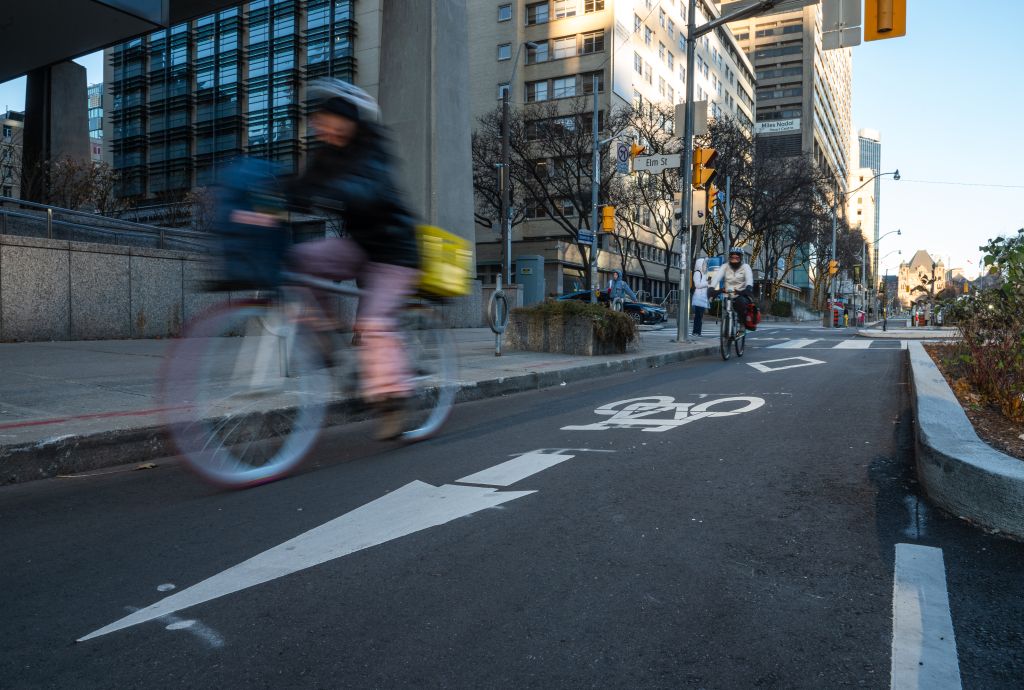

Arguing that were not better than the US or Russia (the two biggest neighbours and both much more aggressively imperialistic than Canada), is extremely disingenuous.
I think Canada has the potential to do better and I’m not about to give it up or roll over for another country to come in, particularly one like the US who has shown an incredible swing towards facism and aggression to LGBTQ and POC. Me defending this country, if they were to invade, would have direct benefits to those of my family who are LGBTQ and those of my friend group who are immigrants. Arguing that because Canada has a problem with wannabe monopolistic companies and a bleed over of American individualism its basically as bad as any other is a stance I disagree with.
The most likely deployment for these forces would be natural disasters and support - something I’m interested in doing anyway. If this does come out its something I’d explore and see if its a good fit.




50 per 100,000 people.
I don’t think we should be using the States as our goal/bar as to what is normal or acceptable for violence. What are the rates in Europe? What about Japan or Korea?